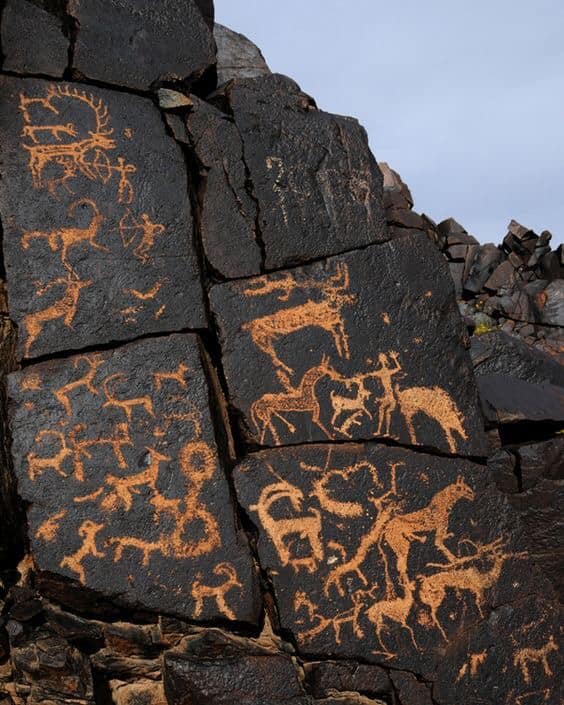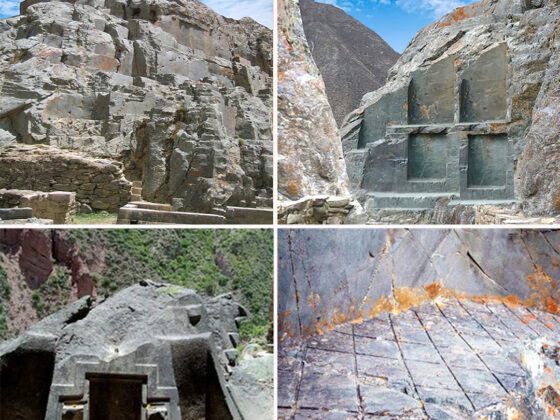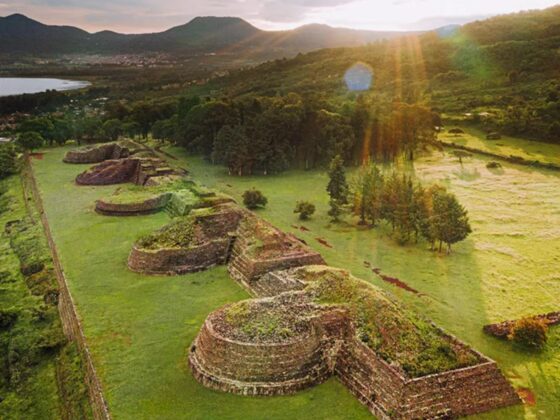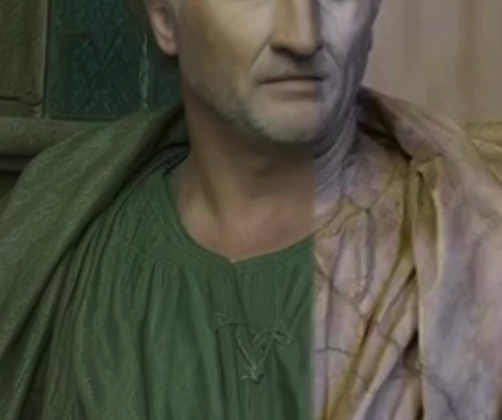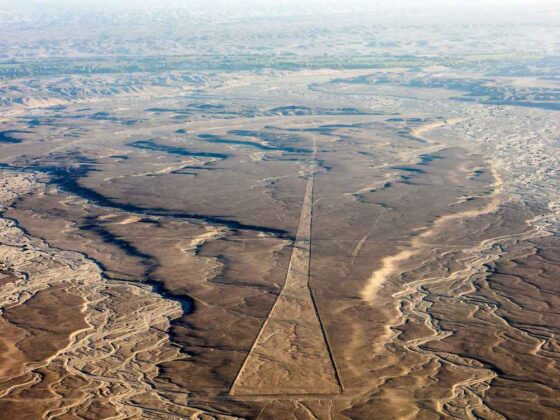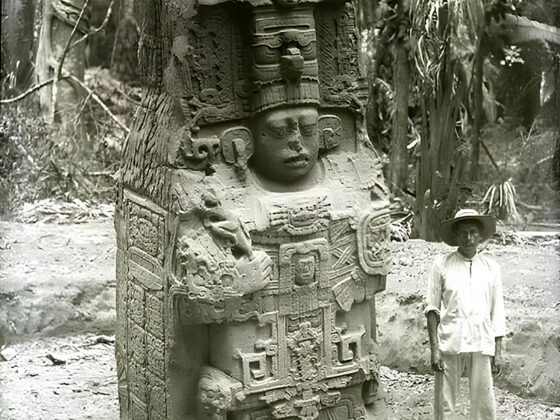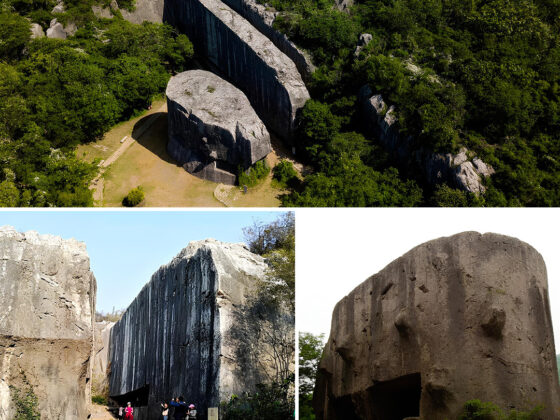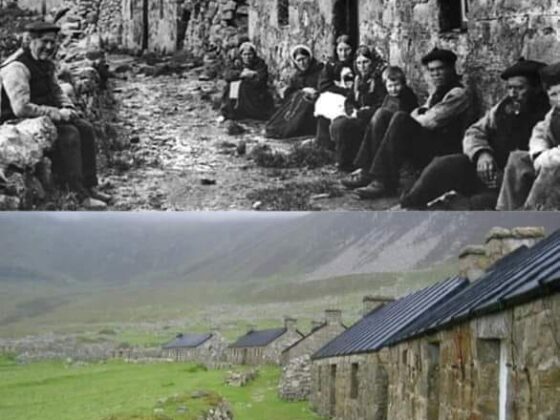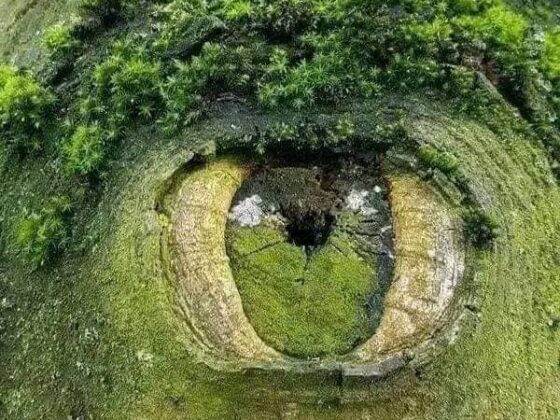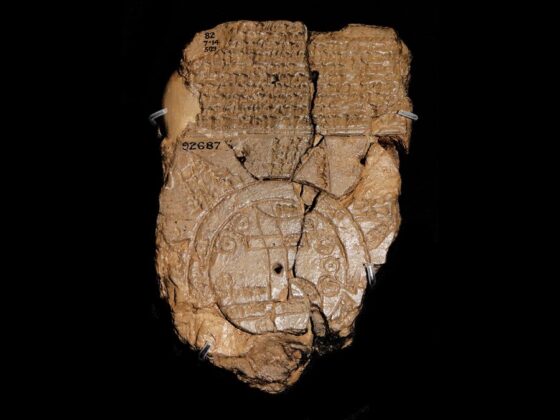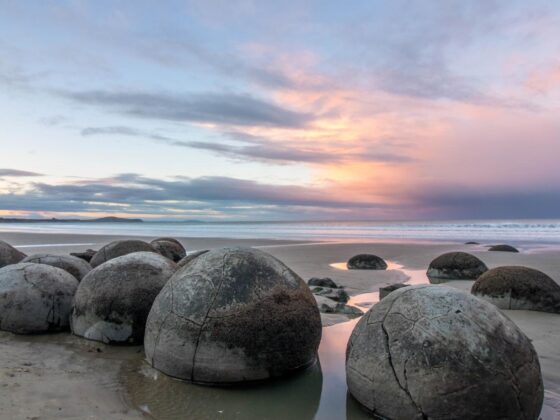Rock art in Mongolia, particularly petroglyphs, offers a fascinating window into the ancient past of this vast and culturally rich region. The Mongolian landscape is dotted with an impressive array of rock art sites, showcasing the artistic expressions and cultural practices of various societies that have inhabited the area over millennia[3].
Historical Significance
The petroglyphs found across Mongolia are not merely prehistoric doodles; they represent a complex system of communication and cultural expression. These ancient artworks provide invaluable insights into the lives, beliefs, and environments of early Mongolian inhabitants[3]. The rock art sites, some of which date back to the Upper Paleolithic period, serve as silent witnesses to the evolution of human society in the region[4].
Themes and Subjects
Mongolian petroglyphs often depict scenes that were central to the lives of ancient peoples:
- Wildlife: Images of various animals, both wild and domesticated, are common. These include horses, deer, and even extinct megafauna[4].
- Hunting Scenes: Many petroglyphs showcase hunting activities, reflecting the importance of this practice to early societies[4].
- Spiritual Imagery: Some rock art sites feature what appear to be shamanic or ritualistic scenes, hinting at the spiritual beliefs of ancient Mongolians[4].
Geographical Distribution
The rock art of Mongolia is not confined to a single area but is spread across the country. Notable concentrations can be found in the Altai Mountains, which have been recognized for their cultural significance by UNESCO[1][3]. The Mongolian Altai, in particular, is considered a crucial area for understanding the development and spread of rock art styles in the broader region[5].
Preservation and Research
In recent years, there has been a growing awareness of the importance of preserving and studying Mongolia’s rock art heritage. The Mongolian government, in collaboration with international organizations like UNESCO, has taken steps to protect these invaluable cultural resources[1][3]. Efforts are underway to create a comprehensive registry of rock art sites and to raise awareness among local communities about the importance of these ancient artworks[3].
Cultural Continuity
Perhaps one of the most intriguing aspects of Mongolian rock art is its connection to contemporary culture. Many Mongolians, especially those in rural areas, still live in close proximity to these ancient sites[3]. This unique situation creates a tangible link between the past and present, allowing for a deeper appreciation and understanding of Mongolia’s rich cultural heritage.
Citations:
[1] https://www.unesco.org/en/articles/hu-named-unesco-artist-peace
[2] https://routesnomades.fr/en/artists/anthology-of-mongolian-khoomii-project
[3] https://ethnoworld.ru/upload/pdf/report_mes.pdf
[4] https://www.bradshawfoundation.com/china/ningxia/index.php
[5] https://www.cambridge.org/core/journals/cambridge-archaeological-journal/article/angara-style-rock-art-the-evolution-of-a-regional-emblematic-and-syncretic-style/A363ACC3BCAB89A78A1223CC68DE7903
[6] https://the-past.com/feature/altai-rock-art-visions-of-the-past-in-mongolia/
[7] https://ora.ox.ac.uk/objects/uuid:0171a563-274b-4b02-9577-4c31dfe9f388/files/m9b5f8d9e3e4684f4aac493689f6b50b6
[8] https://link.springer.com/article/10.1007/s10814-020-09152-y
